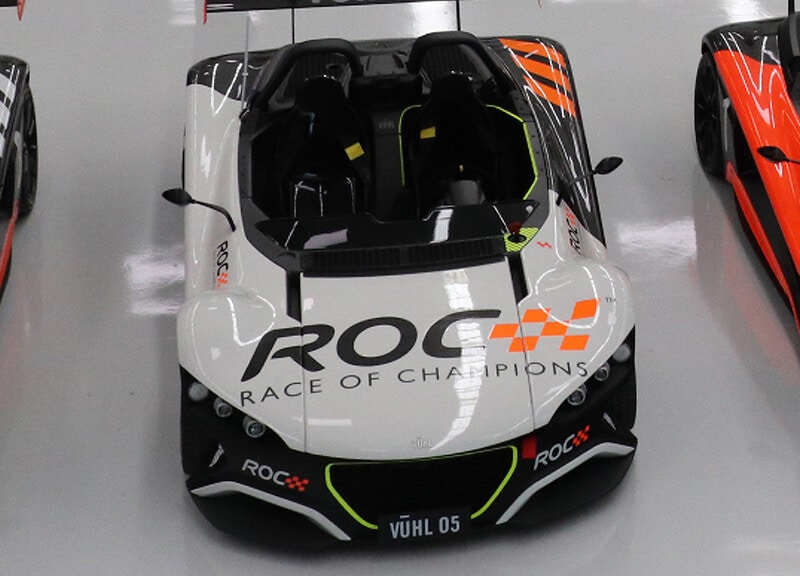
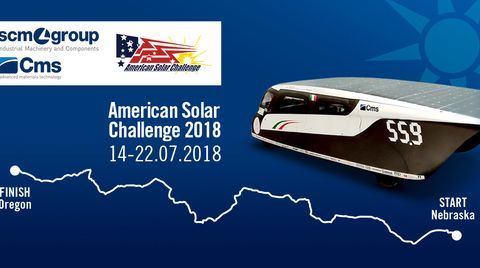
On the 14th July starts the American Solar Challenge, a competition to design, build, and...

After a podium finish at the Formula Sun Grand Prix, second only to the University of Minnesota...

It has taken a lot of effort, a few adjustments and change of course, even during the qualifier...

Nearly 80 laps completed and three drivers qualified. These are the Emilia 4 first-day results at...

Braking on wet asphalt, performing U-turns and slaloms between markers. These are some of the tests...
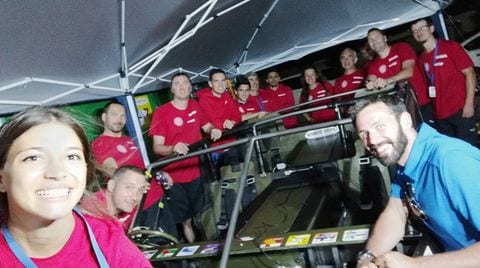
The Emilia 4 car took the first steps toward the start of the American Solar Challenge, a race adventure along the Nebraska country roads, by undergoing the Scrutineering phase...
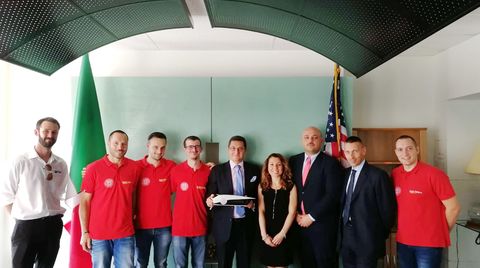
An important recognition by the Italian Consulate in Chicago of the research and innovation efforts...
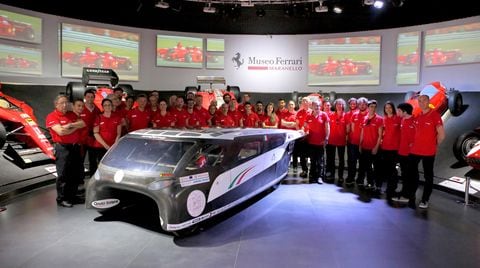
Presented at the Ferrari Museum in Maranello was the Emilia 4, the 4-seater electric car now ready...
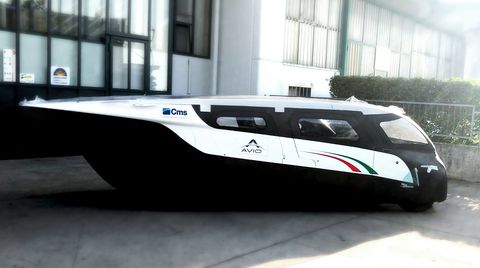
Scm Group is technological partner of the "Onda Solare" project that developed the...
When evaluating motors, horsepower is generally considered the primary operational feature. In the...
According to the U.S. Bureau of Labor Statistics (BLS), workplace injuries that result in six or more days of lost work cost our country’s businesses more than $1 billion per week. It’s estimated that a single work-related injury averages $38,000 in direct and indirect costs. Workplace injuries cost time and money and affect overall productivity. Protect your employees and company by instituting these valuable machine operator safety tips:
CMS and Alfa Romeo have joined forces in the creation of the legendary Italian automaker’s newest sports car, the 4C. CMS’s Ares moving bridge CNC machining center is used to cut and trim carbon fiber components for the 4C’s unibody frame.
The training of CNC workers is vital to running a shop properly. When your workers are not properly trained, they are not assets but liabilities. With effective training, your operators can get a lot done for you.
Your router will, usually, always turn in the same direction, but an upcut versus downcut router can make a significant difference to the end results of your CNC operation. If you use the incorrect bit for the job, this difference can result in poor feeding or even in visible damage to the piece being worked upon.

Mike Richardson travels to CMS’ headquarters in Northern Italy to witness the sheer size of not just the company’s facilities, but its seemingly Olympian range of specialised CNC machining centres.
The basics of metrology begin as a method by which any given unit of measurement can be used universally. Defining the units, realizing how they are used in practice and tracing the measurements made in practice to reference standards are the three core activities that metrology is concerned with. Metrology is the founding principal behind the International Standard of Units, also known as the SI system.
Using your CNC machine effectively comes down to understanding its operation and getting any hindrances out of the way. With the mindset of constantly seeking better ways to solve problems, your CNC machine will be as effective as possible.
The use of honeycomb construction design has been in place for thousands of years, and continues to find new uses into the modern world. Through honeycomb construction design, you can produce a low-density and high-strength material for a variety of applications. The honeycomb derives its name from the hexagonal shape with which the walls of beehives are constructed, and has been used in different types of construction with increasing frequency over the past century.
The use of aluminum in autos manufacturing is set to increase significantly in the future. In general, the primary metal used in the fabrication of vehicle components is steel. This has been attributed to the strength, durability and low-cost nature of the material. However, the recent advances in research in the auto industry have elevated aluminum as the next game changer. While the idea of using aluminum in autos is not new, there is a better understanding of the potential benefits that can be reaped from the extensive use of this material.
One of the primary advantages of using CNC machines in manufacturing and production is the ability to link computer aided design software to the machining equipment. This property makes it possible to produce highly accurate product prototypes that can conform to the design specifications. However, the process by which the design is translated into a real machined product is not simple.
Before computer controlled machines, routers were operated exclusively by hand. Today, routers have evolved for cutting metals, plastics, molds, and much more. Modern CNC machines take advantage of advanced software to create geometric patterns via computer and then output those patterns to a router for completion.
Plastics have become ubiquitous in nearly every industry, in part due to the impact of the thermoforming plastic machining process. Thermoforming involves the use of heat and pressure to create new products.
Since the industrial revolution, modern life has depended on advanced machinery to manufacture everything from textiles to steel. The advent of computer numerical control (CNC) machines revolutionized the manufacturing industry by allowing for a programmable design of virtually limitless types of shapes.
Demands for airframe and exterior resiliency without sacrificing weight and fuel savings remains the holy grail of aviation. While many materials have been tried throughout the 20th Century to achieve this balance, their use is regulated by aerospace machining provider’s ability to produce them.
If you’re a manufacturer of, well, just about anything for aerospace, you know the importance of precision and repeatability. Few industries are subject to stricter regulations or higher expectations. As such, manufacturing any aerospace part or component, no matter how large or small, can present significant challenges.
Symmetrix is one of the world’s leading composite tooling shops. Using CNC machining, the company turns their clients’ 3D computer design files into fully-machined surfaces, molds, and other precision products. Based in Bristol, Rhode Island, they are known across the globe for the high quality, high precision work they deliver. With the recent addition of a massive, custom CNC machining center from CMS North America, Symmetrix is able to provide their clients with greater precision and accuracy than ever before.
Lockheed Space Systems – Denver, Colorado facilities include their CDS, or Composite Development Shop where composite structures for a variety of space applications are designed, machined and assembled. Between 2012 and 1013, Lockheed contracted CMS Industries /CMS North America to design and build two Poseidon machines that were subsequently supplied and installed.
Watch the video below demonstrating how CNC Machining molds, models and prototypes.
Watch how our machines can be applied to aerospace manufacturing in the video below.
Airplanes are usually constructed from aluminum and composite parts. For manufacturers like Boeing, equipment that is ideally suited for machining aluminum and composite materials is essential. At CMS, we have developed state-of-the-art technology specifically for the advanced materials that Boeing uses to build aircraft.